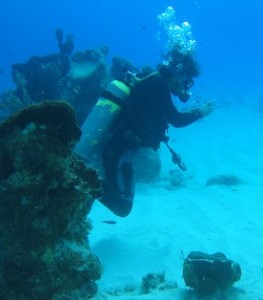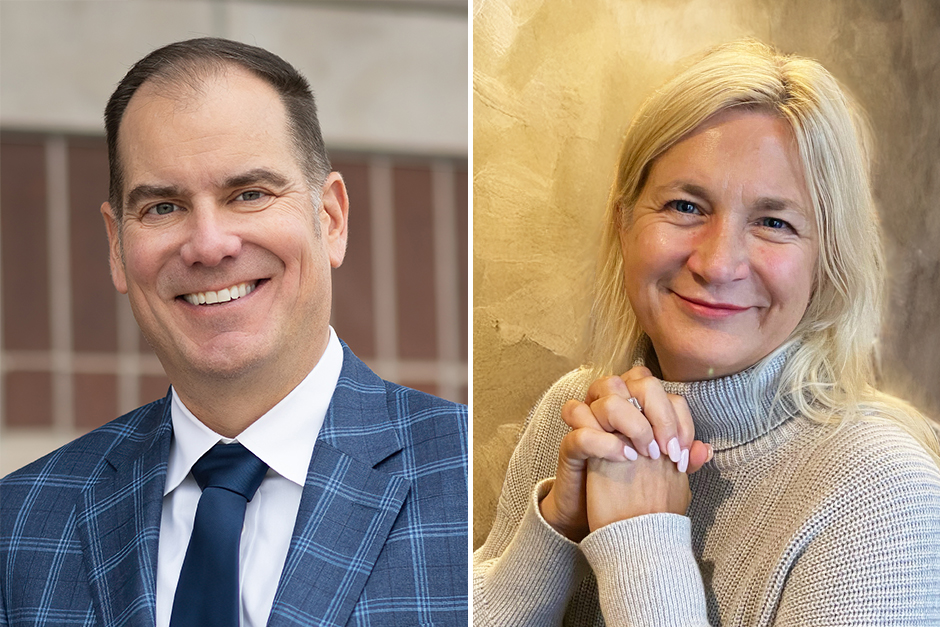Students research reefs and culture in the Bahamas
Each February, Cornell courses in biology, geology, and anthropology leave the cold Iowa winter behind for a month in the Bahamas. The Gerace Research Center on the island of San Salvador provides an excellent facility for ongoing Cornell studies of modern and ancient reef systems in the area.

Science students and faculty have focused especially on fire coral from the genus Millepora as they try to determine whether distinct forms of the coral are separate species or instead one species with varied genetic expressions due to differences in water depth and other environmental factors.
The problem is approached from a number of angles, including reef surveys, genetic analysis, and fossil observations. Gerace’s modern labs allow for much on-site discovery, and many students continue their work in independent study blocks or summer research projects back on campus.
“Being able to compare living, modern coral reefs to the fossilized, ancient ones by looking at them, swimming around them, and hiking over them is something that you just cannot get out of a book,” says Emily Bretl ’06 who participated in the geology course Modern and Ancient Carbonate Systems of the Bahamas.
Meanwhile, students in Cultural Anthropology find a rich human community to explore on the island, and Bretl appreciated evening sessions in which the various courses interacted.
“Bringing the three classes together made for the complete liberal arts experience,” Bretl says. “Collectively, we were all able to learn about many aspects of Bahamian life, the natural environment, field research, and lab science by pooling together the knowledge of three distinct fields of study.”



